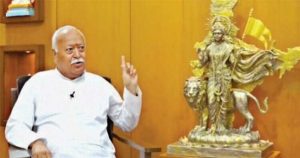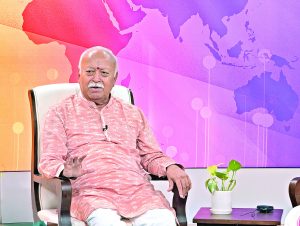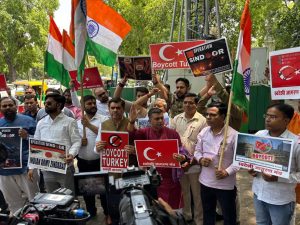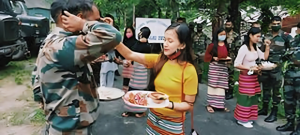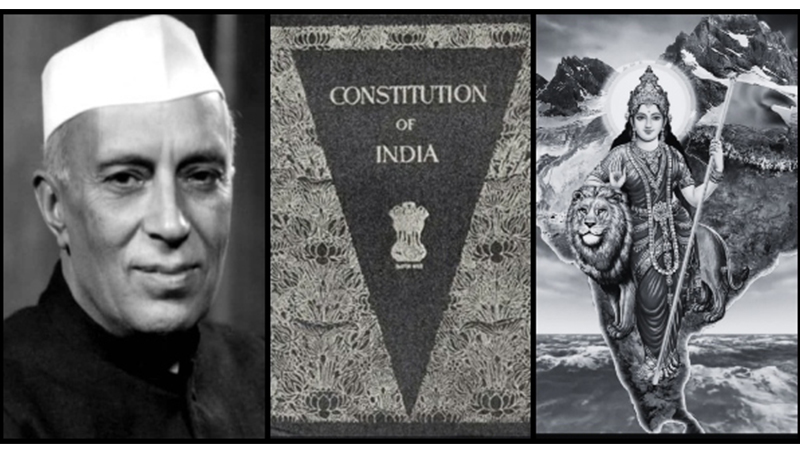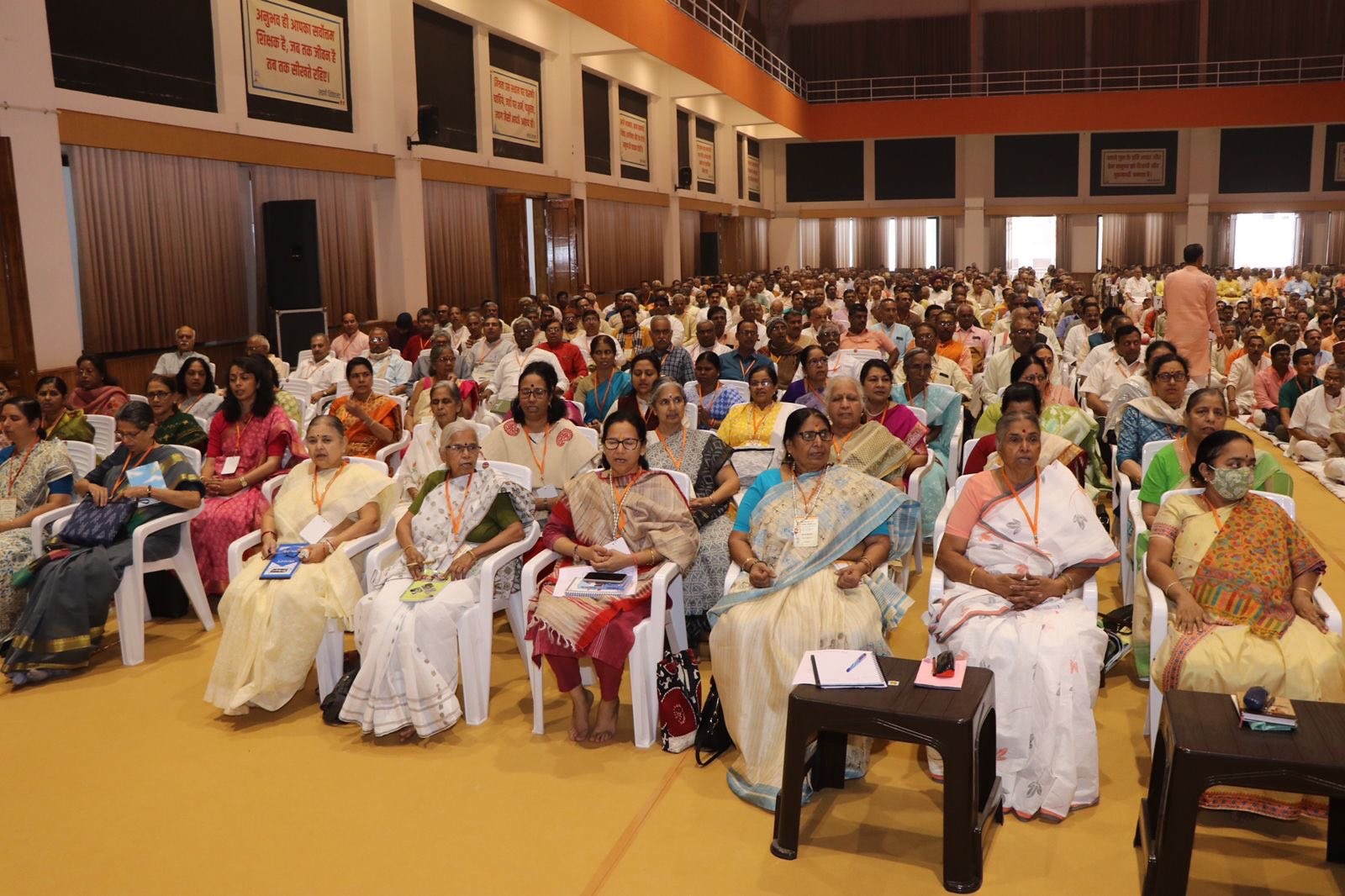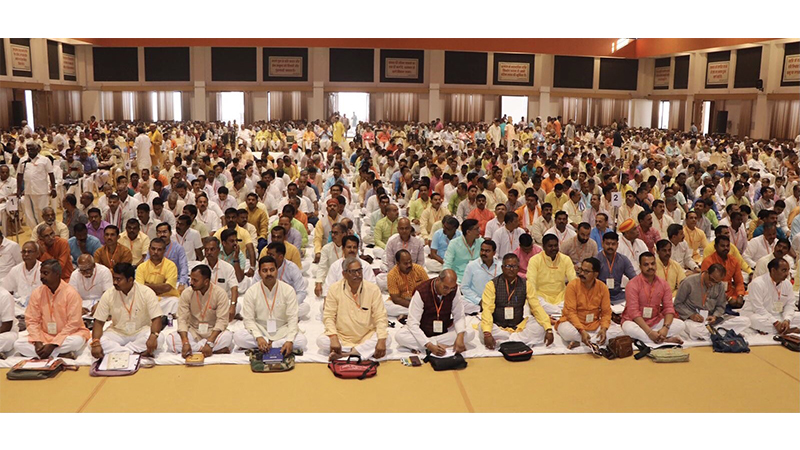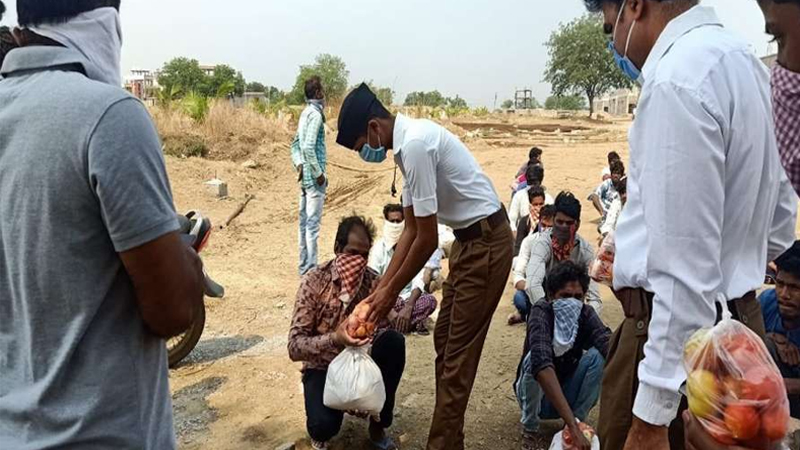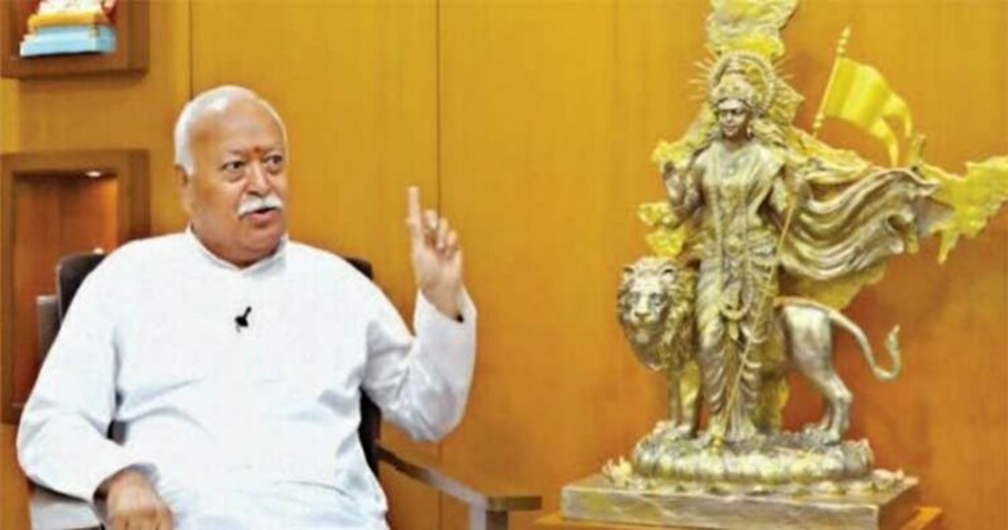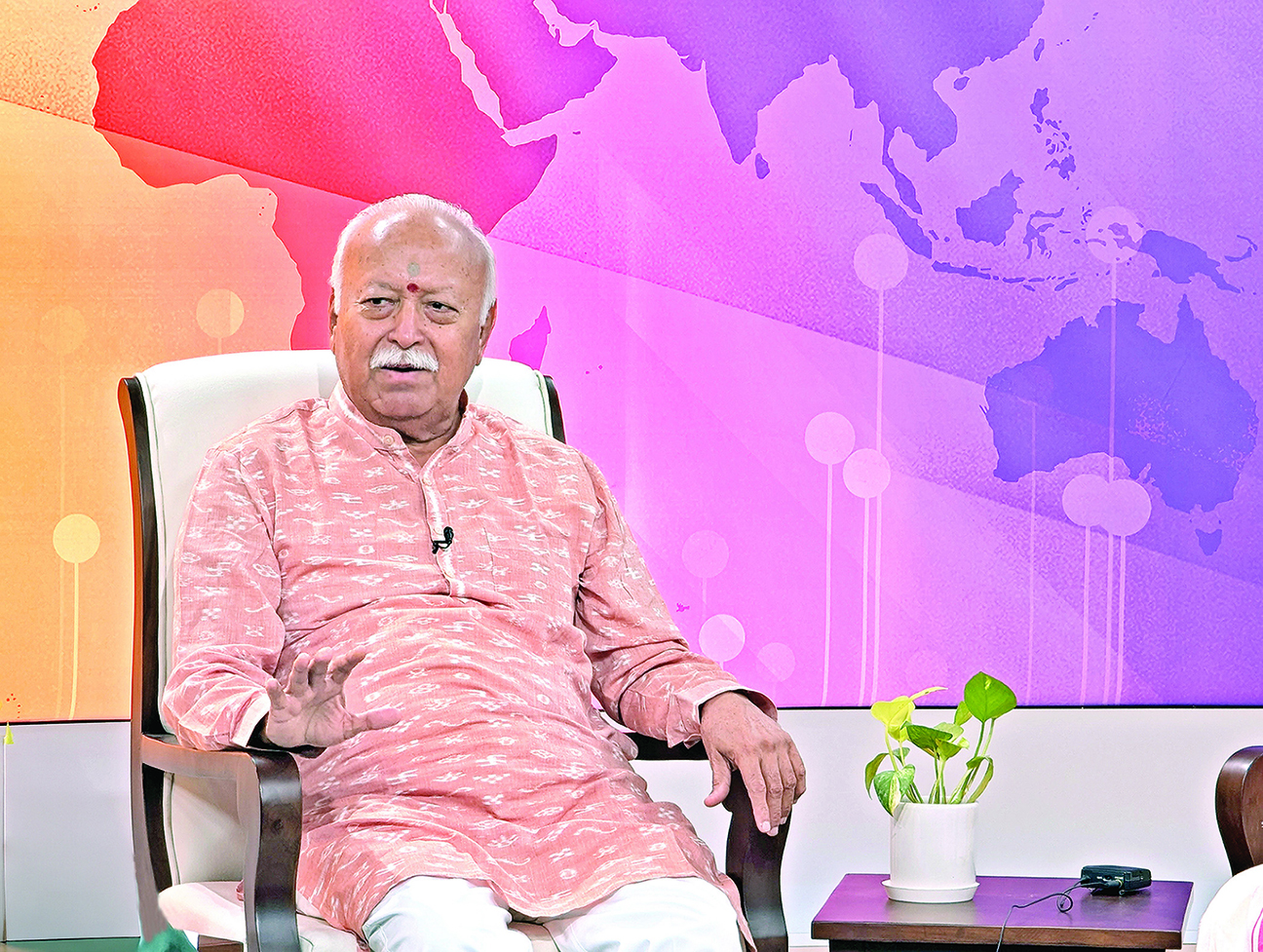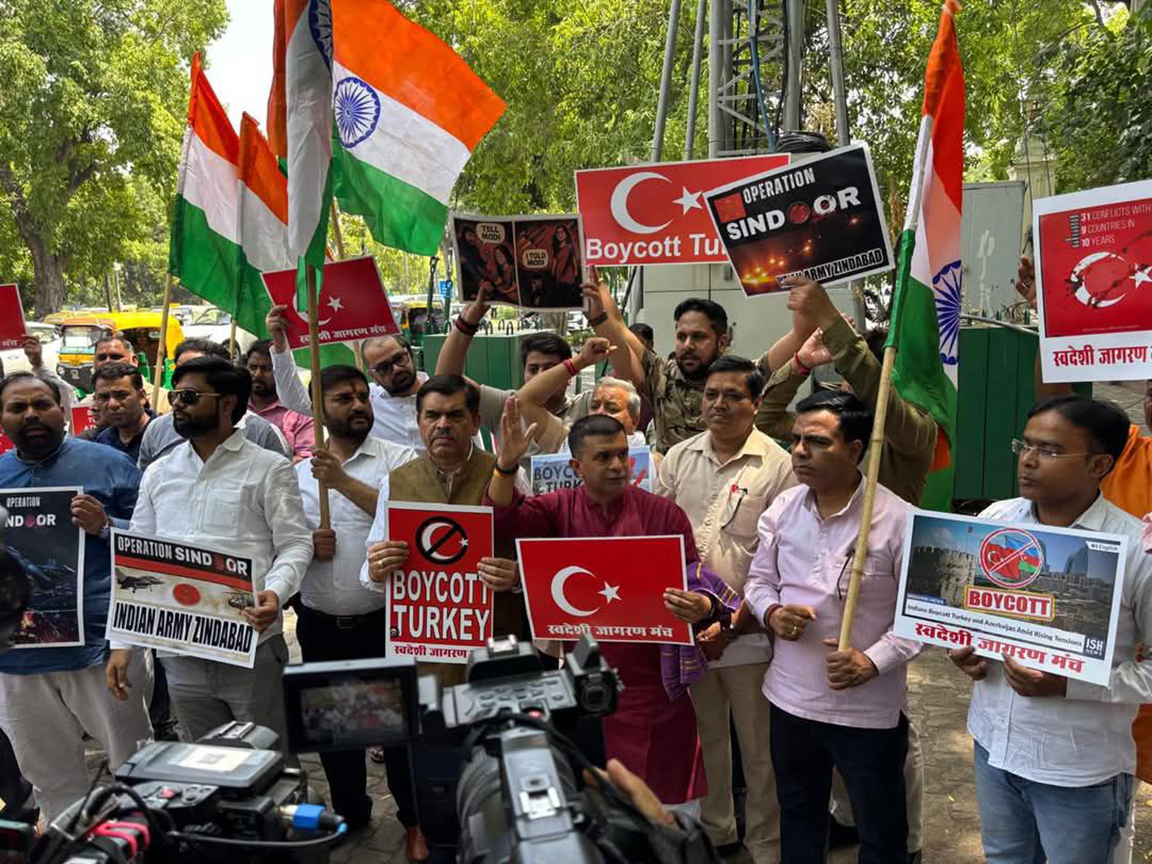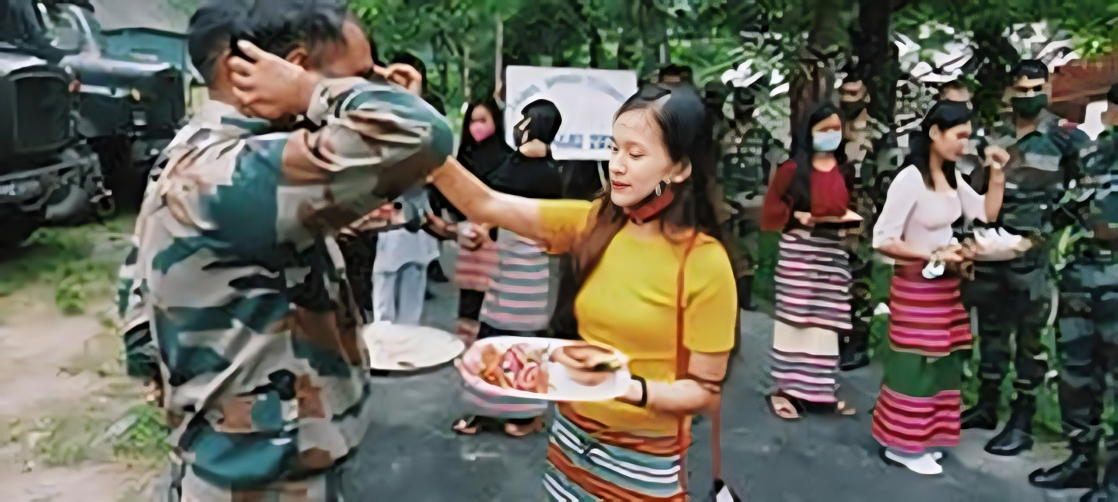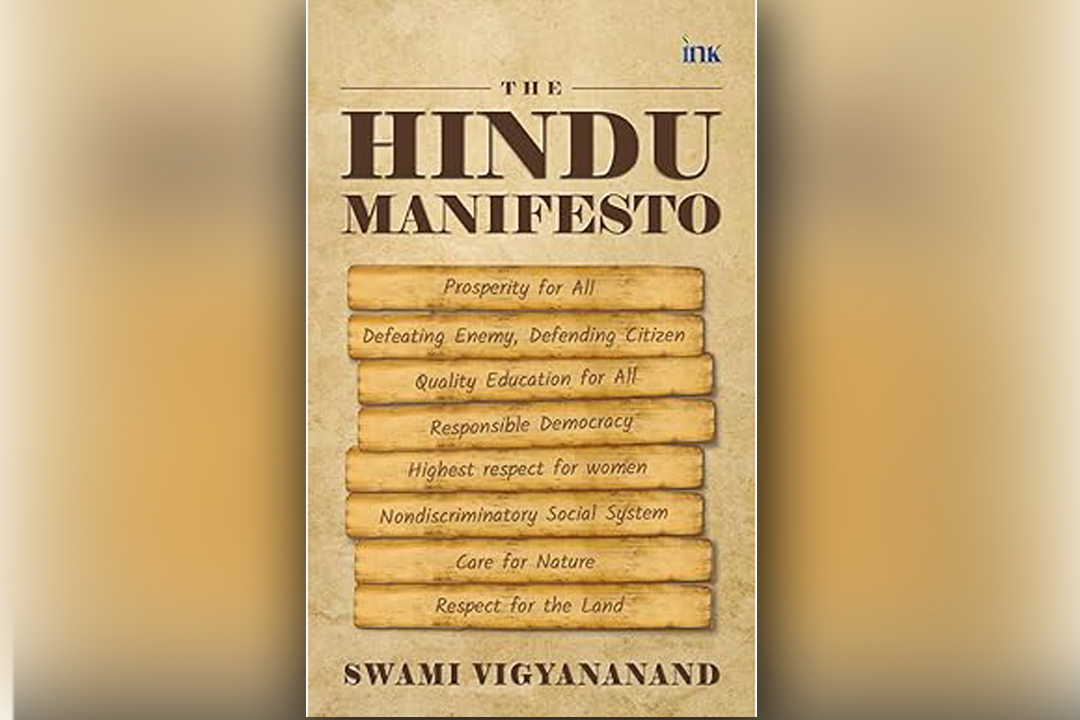Bhagwat’s Muslim population remark isn’t surprising, RSS view on demography has evolved
Updated: December 15, 2022 11:08
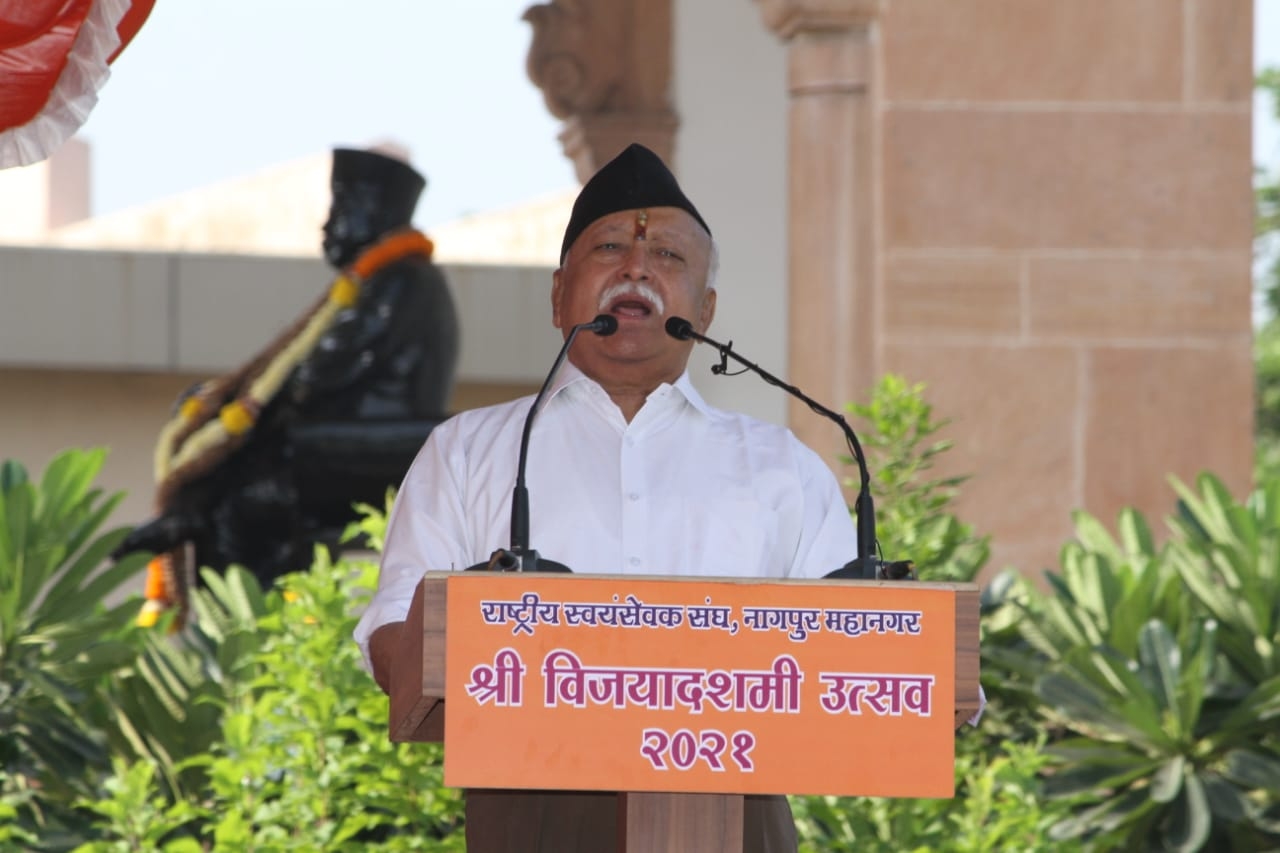
Some analysts presume the RSS has raised the issue of population to help Hindu vote consolidation for BJP. But the Sangh has been concerned about the issue for decades.
Mohan Bhagwat, the sixth and present Sarsanghchalak of the Rashtriya Swayamsevak Sangh (RSS), said at a book release in Assam this week(in the month of July 2021) that “planned efforts” have been made since 1930 to increase the Muslim population in India.
The comment came as indication of how concerned the RSS has been about changes in the country’s religious demography.
Many analysts mistakenly assume that the RSS has raised the issue of population in the recent past so it could help the consolidation of Hindu votes in favour of its ideological mentee, the Bharatiya Janata Party.
However, the issue of religious demography has been discussed within the RSS for decades and its views have evolved over the years. And this evolution can be broadly divided into two periods.
The first was from 1947-2005, when the Sangh was basically focused on the threat posed by the religious conversions of Hindus in India into Islam and Christianity.
The second began in 2005 when the Chennai-based Centre for Policy Studies (CPS) published a report Religious Demography of India. It analysed the Census 2001 data from the perspective of changing religious demography.
The report pushed the debate on India’s demography onto a bigger canvas, with the growth rate of Muslim and Christian population coming into focus.
The data-based study of the population growth pattern of the previous 110 years predicted that “the adherents of Indic religions will become a minority in India by the year 2061”.
Religious conversions in question
Initially, when the debate on religious demography started immediately after Independence, the Sangh’s focus was on the border provinces, especially Assam, West Bengal and north-eastern states.
The Sangh believed that Muslim population was being increased in Assam and West Bengal through illegal migration of large number of Muslims from across the border in a well-planned manner.
Its view was clear that influx of illegal Muslim migrants in Assam, West Bengal and some north-eastern states posed a grave threat to national security. Also, it saw the Christian missionaries in the Northeast as promoting separatism by converting the tribal community into Christianity.
The RSS’ overall view was that a change in demography by which Hindus become a minority in several pockets in these states would threaten the integrity of the country.
M.S. Golwalkar, the second RSS Sarsanghchalak (1940-1973) who was popularly known as ‘Guruji’, was quite vocal on this issue.
“In the strategically important parts of our country, increasing their population… is another form of aggression. After Kashmir, their second target is Assam. They (Muslims) are coming from across the border in huge numbers (in) Assam, Tripura and the rest of Bengal in a planned manner,” he said (in Shri Guruji Samagra, Prabhat Prakashan, Volume 11, page 180).
“Pakistani Muslims have been infiltrating slowly in Assam for 15 years. As a result the Muslim population there has increased more than double. What is this other than a conspiracy to make Assam a Muslim-majority province, so that it automatically passes into the lap of Pakistan after a short time?” Golwalkar added.
The third Sarsanghchalak, Madhukar Dattatreya Deoras, popularly known as Balasaheb Deoras, in his Vijayadashmi speech at Nagpur in October 1984, said (in Hamare Balasaheb Deoras, Prabhat Prakashan, page 186): “Crores of rupees are coming openly from abroad (for conversions of Hindus). The plan is to l bring the whole of India under the flag of Islam or Christianity by every means. The present day politicians do not have the courage to take effective steps against this, because it threatens to spoil the ‘equation’ of their votes.”
The fourth Sarsanghchalak, professor Rajendra Singh, popularly known Rajju Bhaiya, said (in Hamare Rajju Bhaiya, Prabhat Prakashan, pages 250-265) that petro dollars coming from Arab countries were being used to convert Hindus to Islam on a large scale.
He said the goal of the Christian missionaries was to “Christianize India — they also believe in increasing the population, but cleverly. There will be no impact of increasing the (Christian) population in a large state. So they are focusing on smaller states — Nagaland, Manipur, Mizoram, Goa which have small population and a slight increase in the Christian population can make a big difference”.
So, three consecutive Sarsanghchalaks gave clear statements that in the context of changing religious demography, the key issue was “conversions of Hindus”.
Worry over population takeover
But, this changed in 2005 when the overall population growth rate of Muslim and Christian population, also propelled by their birth rates, in addition to their growing numbers due to conversions, became the central focus.
It was K.S. Sudarshan, the fifth Sarsanghchalak, who took the debate to the next level in wake of the CPS report quoted above.
Citing the study, he said (in Hamare Sudarshan ji, Prabhat Prakashan, pages 256-257): “If we take Bharat, Pakistan and Bangladesh together, the population of Hindus declined from 79.32% to 68.03% points i.e. 11% and the population of Muslims increased from 20% to 30% i.e. 10%. The Christian population has increased from 0.7% to 2%. The (CPS) study concludes that if the proportionate change in population continues in this manner, then by the year 2060, Hindus will be reduced to a minority in their own land.”
In this context, a resolution was also passed in 2015 in the one of the apex bodies of the RSS, Akhil Bharatiya Karyakari Mandal, expressing concern over the rapid population growth in India, putting pressure on resources available in the country.
In a nutshell, the RSS has been concerned about India’s changing religious demography, with the share of Hindus falling and that of Muslims and Christians rising.
Successive Sarsanghchalaks have repeatedly warned that Hindus becoming a minority in any geographical area of the country is a serious security risk.
One of Sudarshan’s comments sums up the RSS thinking on the question of population and religious demography in India: “History is witness that wherever Hindus came in a minority, that part was either completely cut off from India or became a major problem.”
There is clarity within the Sangh on this issue and Bhagwat’s remarks need to be seen in this context.
(This article was first published in The Print on 26 July, 2021 – https://theprint.in/india/bhagwats-muslim-population-remark-isnt-surprising-rss-view-on-demography-has-evolved/702852/ )
